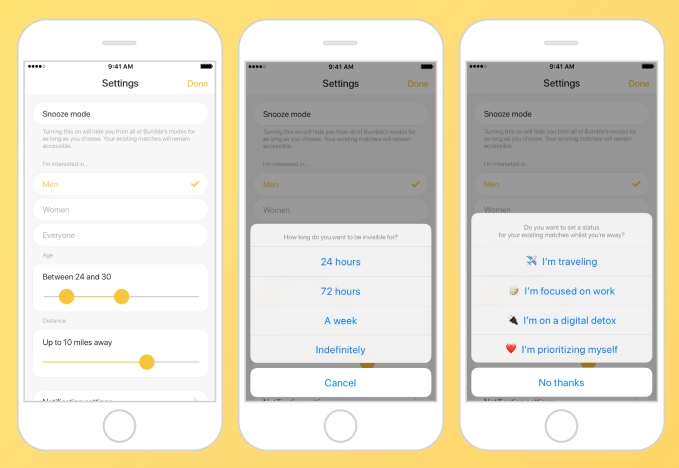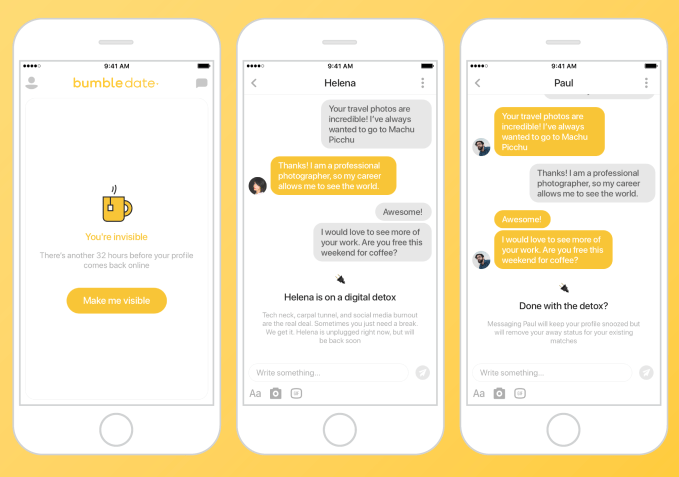For parents who grew up with dial-up connections and tape players, the high-speed, digital social lives of their teens can be a mystery. Today, both the good and destructive aspects of social interactions are taking place behind screens on apps like Instagram .
To help parents navigate these online environments, Instagram has released a parents guide to the app on its Well Being site.
The PSA covers a basic introduction to the photo and video sharing app and introduces parents to the safety features that they — and perhaps their child — may not be aware of. These bullet points cover privacy features like private vs. public profiles, and a timer system the app released earlier this summer that helps teens and their parents keep track of how long they’ve stayed on the app and prompts them to take a breath if they’ve exceeded a pre-set limit.
In addition to walking parents through these more technical aspects of the app, the portal also works as a basic introduction to the unique intersection of personal identity and technology that is inherent to how teens are finding their place in an increasingly noisy web.
The app also encourages parents to ask their teens about their mental well being as a result of online comments, how well (if at all) they know their followers and how they decide what to post on various accounts (e.g. ‘finstas’ vs. ‘instas’.)
The list is, without a doubt, a little cringey at times. But so are many conversations that have to bridge both generation and maturity gaps between parents and children.
As teens’ lives become more secluded online, the ability for parents to offer an educated and empathetic ear to the personal issues these social apps might create can mean the difference between a child voicing them at all or struggling through on their own.


